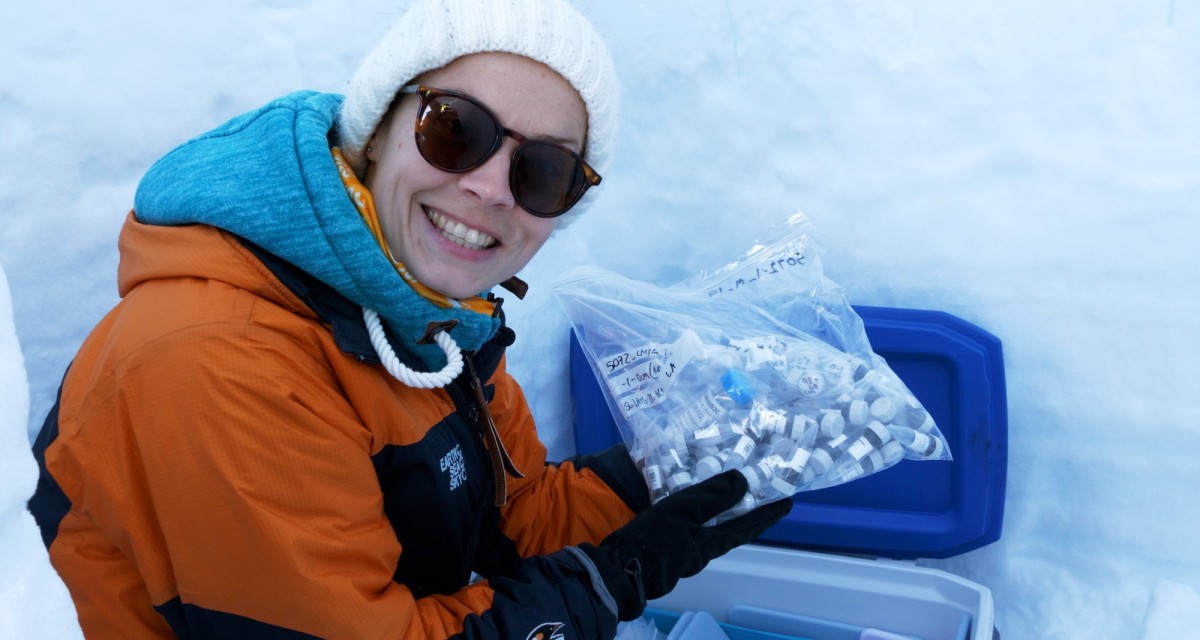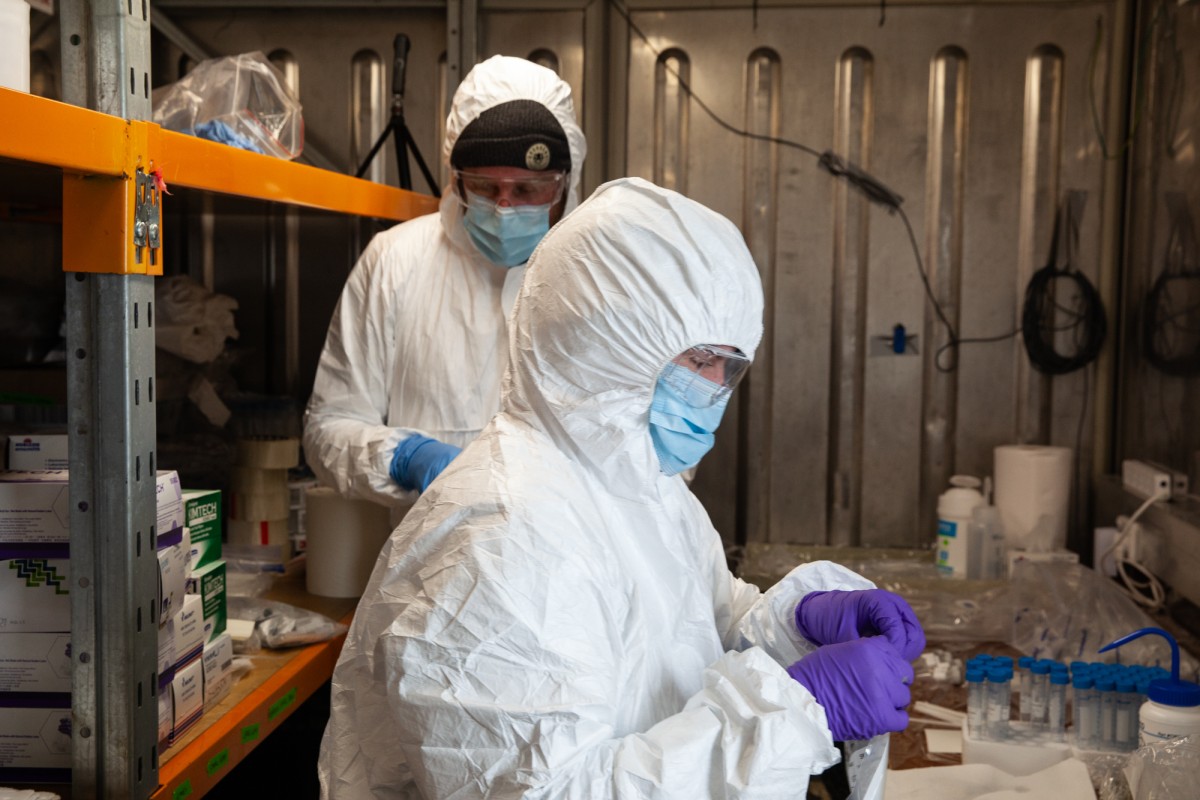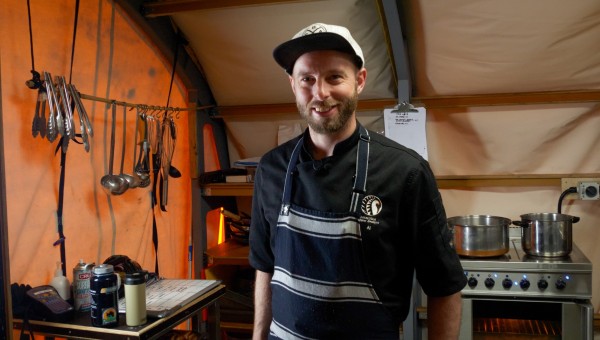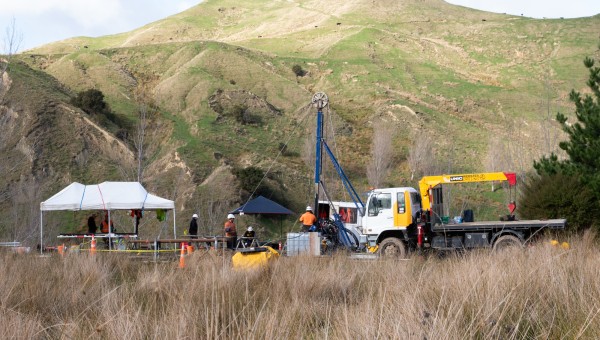Traces of DNA left behind in seafloor sediment by past marine communities at KIS3 could reveal important information about the environmental conditions at the time they were alive – such as an ice shelf above, or open ocean.
Paleo-geneticist Linda Armbrecht, from the Institute for Marine and Antarctic Studies (IMAS) at the University of Tasmania, is bringing her expertise in the burgeoning field of ancient DNA analysis to SWAIS2C’s mission to understand how the Ross Ice Shelf and West Antarctic Ice Sheet responded in times of past warming.
This technique can reconstruct a record of the range of organisms who lived in the water column – from bacteria, phytoplankton, zooplankton, to fish – and can provide unique evidence of the presence of soft-bodied organisms that don’t fossilise.
The presence or absence of signatures of certain organisms that need light to live, such as phytoplankton, can indicate whether there was an ice shelf (which blocks the light) above.
Linda says that Antarctica has ideal conditions for ancient DNA research, with her previous research successfully reconstructing a record extending back 1 million years.
“The deep seafloor is free of UV radiation, there are low oxygen concentrations, and it’s very cold – these are all factors that contribute to good DNA preservation.”
During our first KIS3 field season during 2023/24, 13 “pilot” samples were collected for ancient DNA analysis from two of the gravity cores obtained from the seafloor beneath the ice shelf. Initial results indicated the method had been successful in collecting ancient DNA, and another 59 samples were taken on the 2024/25 KIS3 season, from a 78 cm gravity core at intervals of 2 cm.
Because the DNA occurs in trace amounts in the sediments, strict protocols need to be followed in the field to avoid contamination when taking the samples from the sediment cores, including the use of PPE (coverall, gloves, face masks and googles). A clean sampling environment was set up in our warm science container.



